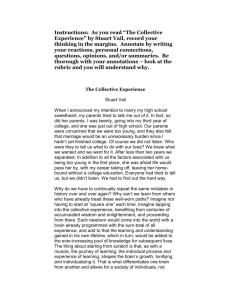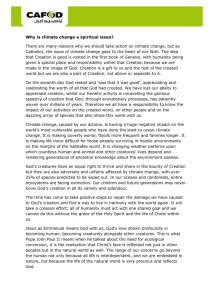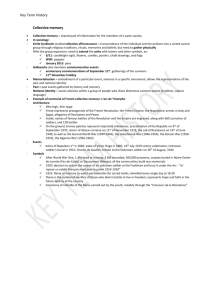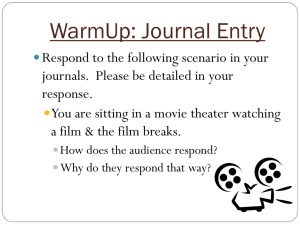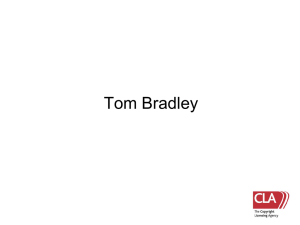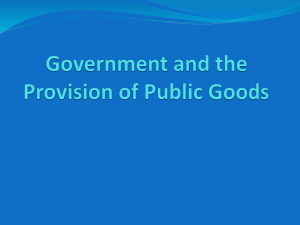post class rational choice
advertisement
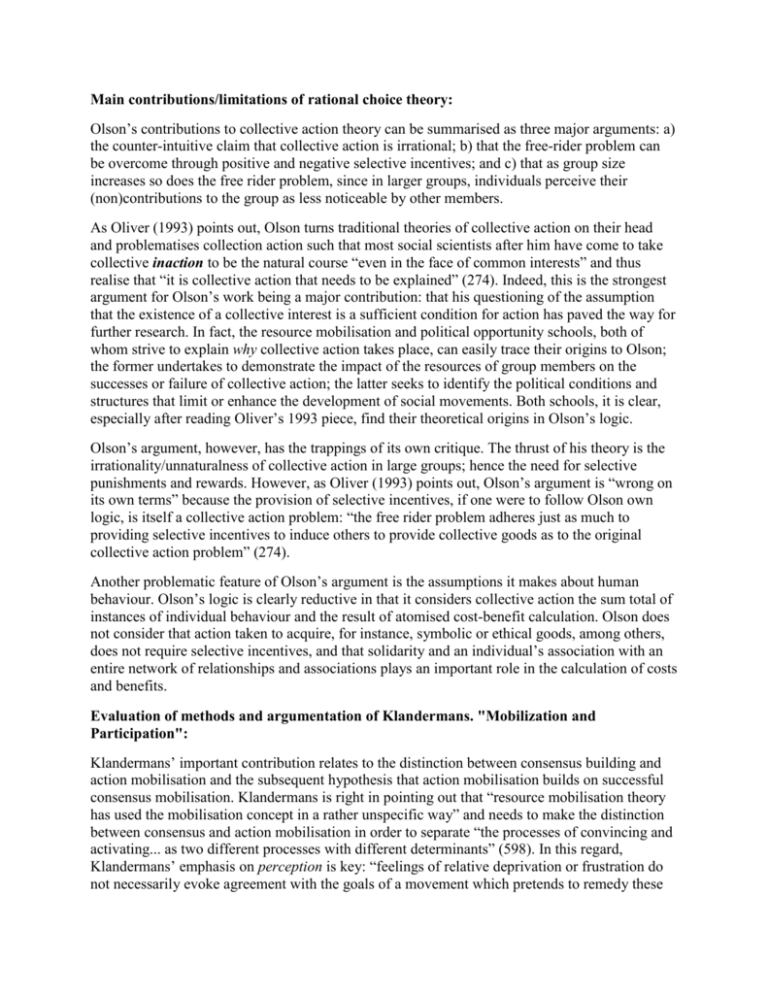
Main contributions/limitations of rational choice theory: Olson’s contributions to collective action theory can be summarised as three major arguments: a) the counter-intuitive claim that collective action is irrational; b) that the free-rider problem can be overcome through positive and negative selective incentives; and c) that as group size increases so does the free rider problem, since in larger groups, individuals perceive their (non)contributions to the group as less noticeable by other members. As Oliver (1993) points out, Olson turns traditional theories of collective action on their head and problematises collection action such that most social scientists after him have come to take collective inaction to be the natural course “even in the face of common interests” and thus realise that “it is collective action that needs to be explained” (274). Indeed, this is the strongest argument for Olson’s work being a major contribution: that his questioning of the assumption that the existence of a collective interest is a sufficient condition for action has paved the way for further research. In fact, the resource mobilisation and political opportunity schools, both of whom strive to explain why collective action takes place, can easily trace their origins to Olson; the former undertakes to demonstrate the impact of the resources of group members on the successes or failure of collective action; the latter seeks to identify the political conditions and structures that limit or enhance the development of social movements. Both schools, it is clear, especially after reading Oliver’s 1993 piece, find their theoretical origins in Olson’s logic. Olson’s argument, however, has the trappings of its own critique. The thrust of his theory is the irrationality/unnaturalness of collective action in large groups; hence the need for selective punishments and rewards. However, as Oliver (1993) points out, Olson’s argument is “wrong on its own terms” because the provision of selective incentives, if one were to follow Olson own logic, is itself a collective action problem: “the free rider problem adheres just as much to providing selective incentives to induce others to provide collective goods as to the original collective action problem” (274). Another problematic feature of Olson’s argument is the assumptions it makes about human behaviour. Olson’s logic is clearly reductive in that it considers collective action the sum total of instances of individual behaviour and the result of atomised cost-benefit calculation. Olson does not consider that action taken to acquire, for instance, symbolic or ethical goods, among others, does not require selective incentives, and that solidarity and an individual’s association with an entire network of relationships and associations plays an important role in the calculation of costs and benefits. Evaluation of methods and argumentation of Klandermans. "Mobilization and Participation": Klandermans’ important contribution relates to the distinction between consensus building and action mobilisation and the subsequent hypothesis that action mobilisation builds on successful consensus mobilisation. Klandermans is right in pointing out that “resource mobilisation theory has used the mobilisation concept in a rather unspecific way” and needs to make the distinction between consensus and action mobilisation in order to separate “the processes of convincing and activating... as two different processes with different determinants” (598). In this regard, Klandermans’ emphasis on perception is key: “feelings of relative deprivation or frustration do not necessarily evoke agreement with the goals of a movement which pretends to remedy these feelings: goals have to be perceived as instrumental to the elimination of these feelings...Theoretical emphasis must therefore shift from relative deprivation to the perceived instrumentality of the collective good for the elimination of relative deprivation. Such perceptions do not originate spontaneously. Consensus mobilisation is needed for this” (597). Also, by including in his theory the psychological processes of weighing costs and benefits, Klandermans overcomes some of the major criticisms levelled against Olson and his followers. Klandermans’ article is also a very lucid criticism of Olson and resource mobilisation theory with regards to their failure to take into account people’s expectations and perceptions about the behaviours of others: “persons have to decide at a point when they do not know whether others will participate...Counter to Olson's argument, a collective good can motivate persons to participate in a social movement if they expect that others will also participate...Moreover, if the expectancy component is a little larger than zero, a collective motive to participate can exist if the collective good is valued highly” (597). Finally, because Klandermans emphasises that mobilisation and participation are processes that evolve over time, his use of longitudinal research design seems suited to the task he undertakes. COMMENTS/QUESTIONS 1. Most critics of rational choice theory question its assumptions about human nature/behaviour. Should theory be evaluated on the basis of the reality of its assumptions or the prediction of its outcomes? How do rational choice theorists justify the assumptions they make? Does rational choice theory promise empirical success? 2. I see limited potential for applying Olson’s work to modern organisations given new forms of communication, such as the internet, which have a clear impact on the costs/benefits of contributing, production functions and the interests and resources of constituents and beneficiaries of collective action. Can the arguments proposed by Olson explain how members of online activist groups achieve their goals and produce collective goods? 3. I think the critical mass theory approach is a highly useful way to think about what matters for collective action – a critical mass of highly interested, resourceful people who provide collective benefits for others. 4. How can we thinking about collective action through a free rider problem vs. bandwagon effects framework? 5. Are production functions themselves, subject to choice?


